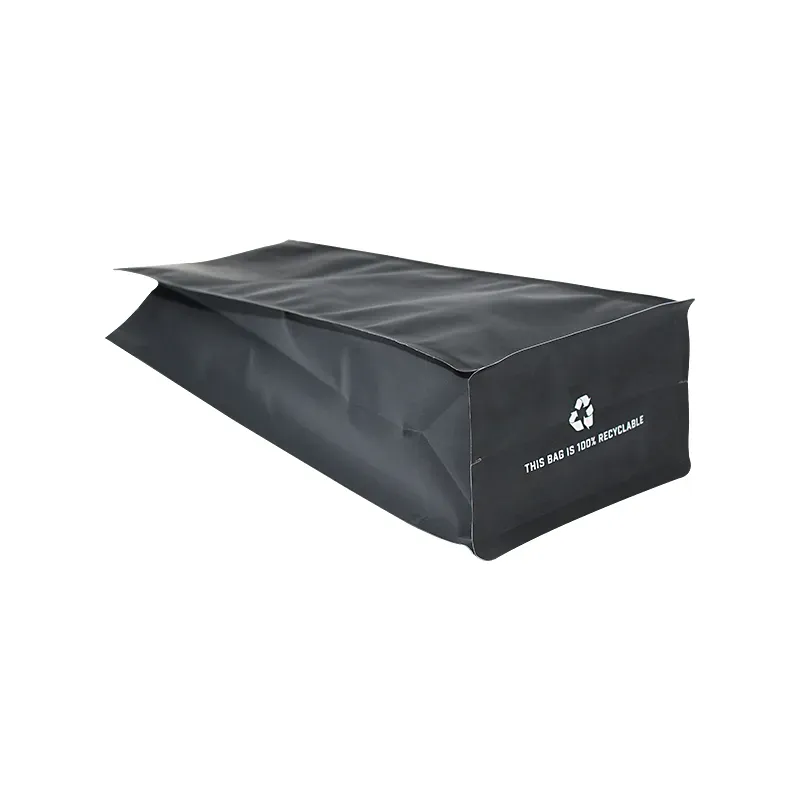- Afrikaans
- Albanian
- Amharic
- Arabic
- Armenian
- Azerbaijani
- Basque
- Belarusian
- Bengali
- Bosnian
- Bulgarian
- Catalan
- Cebuano
- chinese_simplified
- chinese_traditional
- Corsican
- Croatian
- Czech
- Danish
- Dutch
- English
- Esperanto
- Estonian
- Finnish
- French
- Frisian
- Galician
- Georgian
- German
- Greek
- Gujarati
- haitian_creole
- hausa
- hawaiian
- Hebrew
- Hindi
- Miao
- Hungarian
- Icelandic
- igbo
- Indonesian
- irish
- Italian
- Japanese
- Javanese
- Kannada
- kazakh
- Khmer
- Rwandese
- Korean
- Kurdish
- Kyrgyz
- Lao
- Latin
- Latvian
- Lithuanian
- Luxembourgish
- Macedonian
- Malgashi
- Malay
- Malayalam
- Maltese
- Maori
- Marathi
- Mongolian
- Myanmar
- Nepali
- Norwegian
- Norwegian
- Occitan
- Pashto
- Persian
- Polish
- Portuguese
- Punjabi
- Romanian
- Russian
- Samoan
- scottish-gaelic
- Serbian
- Sesotho
- Shona
- Sindhi
- Sinhala
- Slovak
- Slovenian
- Somali
- Spanish
- Sundanese
- Swahili
- Swedish
- Tagalog
- Tajik
- Tamil
- Tatar
- Telugu
- Thai
- Turkish
- Turkmen
- Ukrainian
- Urdu
- Uighur
- Uzbek
- Vietnamese
- Welsh
- Bantu
- Yiddish
- Yoruba
- Zulu
Improving Print Quality and Durability Through Advanced Varnishing Techniques in Paper Production
Understanding Paper Varnishing Techniques, Benefits, and Applications
In the world of printing and publishing, paper varnishing plays a pivotal role in enhancing the visual appeal and durability of printed materials. This process involves applying a coating to paper surfaces, a technique that has been widely adopted across various industries. In this article, we will explore the different types of paper varnishing, their benefits, and their applications.
What is Paper Varnishing?
Paper varnishing is a finishing process that adds a layer of varnish to printed paper products. Varnish can be transparent or colored and serves to enhance the appearance of printed materials while offering protection from physical wear and environmental factors. This layer can be applied selectively to specific areas (known as spot varnishing) or cover the entire surface (full varnishing).
Types of Varnishing Techniques
1. UV Varnishing This method uses ultraviolet light to cure the varnish, allowing for a fast-drying process that is ideal for high-volume printing. UV varnish can create a glossy finish, enhancing colors and making images appear more vibrant. It is especially popular in packaging, brochures, and promotional materials.
2. Water-Based Varnishing An eco-friendlier option, water-based varnishing employs a water-based solution that reduces volatile organic compounds (VOCs). This method provides a subtle sheen and is less harmful to the environment, making it a preferred choice for sustainable printing practices.
3. Oil-Based Varnishing This traditional method involves the use of oil-based solutions that provide a durable, gloss finish. However, it tends to take longer to dry and can emit higher levels of VOCs, which may be a consideration for environmentally conscious businesses.
4. Digital Varnishing With advancements in printing technology, digital varnishing has emerged as a popular method. It allows for the application of varnish directly through digital printing presses, offering customization options that are not achievable through traditional methods...
Benefits of Paper Varnishing
The process of varnishing paper brings numerous advantages
- Enhanced Aesthetic Appeal Varnishing adds a shiny or matte finish that enhances colors, depth, and overall visual quality. This makes printed materials more attractive and eye-catching, which is crucial in marketing and packaging.
paper varnishing

- Protection Varnished surfaces are more resistant to dirt, moisture, and scratches. This protection extends the lifespan of printed materials and keeps them looking new longer, making varnishing an important consideration for items like business cards, brochures, and packaging.
- Specific Effects Spot varnishing can create a contrast between glossy and matte finishes, allowing designers to draw attention to particular elements of a design. This technique is often used in high-end packaging and promotional materials to create a luxurious feel.
- Cost-Effectiveness While there is an initial investment in varnishing, the long-term benefits of durability and aesthetic enhancement can save businesses money by reducing the need for reprints and replacements.
Applications of Paper Varnishing
Paper varnishing finds applications across various industries
- Publishing Book covers and high-quality illustrations benefit from varnishing, which enhances their visual appeal and protects them from wear and tear.
- Advertising In marketing materials such as brochures, flyers, and business cards, varnishing can make designs pop, allowing brands to stand out in a competitive landscape.
- Packaging Consumer goods packaging often uses varnishing to convey quality and attract customers, making it a critical component of product branding.
- Art Prints Artists often use varnishing to preserve their prints, enhancing the colors and creating a professional finish that adds value to their work.
Conclusion
In conclusion, paper varnishing is a versatile and essential technique in the printing industry, offering both aesthetic enhancements and protective qualities. With various varnishing methods available, businesses can choose the option that best aligns with their branding goals, environmental considerations, and budget constraints. As printing technology continues to evolve, varnishing will remain a key tool for creating stunning and durable printed materials.













